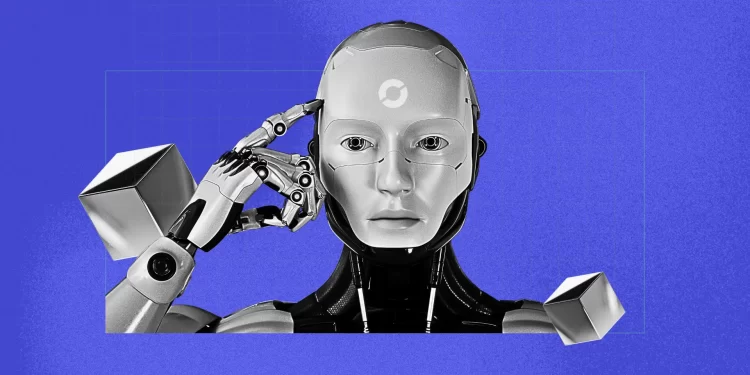It started with a click.
A surreal image, hyperreal and glitchless, flooded your feed. A face too perfect, a sunset too saturated. “Made with AI,” the caption reads. You pause. You admire. You scroll. And somewhere between awe and fatigue, a question lingers: are we truly impressed—or are we just addicted to the illusion?
Artificial intelligence has quickly become the most prolific artist of our age. It generates portraits, articles, playlists, campaign slogans, at a speed and scale no human team could match. But amid this explosion of AI-driven content, a deeper uncertainty rises: is this innovation delivering real value, or just momentary engagement?
The virality trap: when performance mimics authenticity
It’s easy to mistake traction for impact. AI-generated content performs well on platforms—sharp visuals, punchy hooks, algorithm-optimized aesthetics. But is that performance a reflection of genuine resonance, or simply the product of predictive design?
Recent market disruptions tell a more complicated story. With the arrival of DeepSeek—a cheaper, high-performing AI model out of China, investors began to question the inflated valuations of Western AI titans. If similar creative results can be delivered with fewer chips and less capital, then what are we really paying for? Is it innovation, or just infrastructure?
The flaw in perfection: why we still crave the human glitch
Oddly enough, in this era of infinite polish, it’s human imperfection that’s becoming a rare commodity. Users are increasingly drawn to the raw, the unscripted, the unfiltered. The perfectly generated visuals, often hailed as the future of content, are beginning to suffer from their own flawlessness. They lack the emotional “error” that makes something feel alive.
In this sense, AI isn’t replacing human creativity, it’s reshaping what we value in it. When every image is beautiful, what stands out is vulnerability. When every post is optimized, what moves us is authenticity. The new digital luxury might just be the visible mark of human hands.
Engagement ≠ depth: rethinking the metrics of value
Sure, AI content clicks. But does it stick?
According to MIT economist and Nobel laureate Daron Acemoglu, AI’s current economic impact is significant—but far from revolutionary. He compares its potential effect to that of the telephone: transformative, yes, but not apocalyptic. In other words, AI might be a powerful tool, but it’s not the new electricity. Not yet.
And this mismatch between market hype and real-world value is becoming harder to ignore. From Wall Street’s nervous correction to Tesla’s AI-fueled declarations of future robot supremacy, we’re witnessing a shift from starry-eyed projection to sober recalibration.
So, what comes after the hype?
The next phase of AI integration may not be about speed or volume, but about nuance. Content creators, marketers, and platforms will need to ask harder questions:
- Are we building trust, or just generating impressions?
- Is this tool serving the story, or replacing it?
- And perhaps most importantly: are we still making room for the messy, unpredictable brilliance of human creativity?
AI can scale content. But meaning still scales through people. The future of digital value won’t be found in perfect renderings, it will be found in purposeful curation, ethical deployment, and the courage to leave space for imperfection.
Because sometimes, what makes content real isn’t how flawless it looks. It’s how human it dares to be.
















